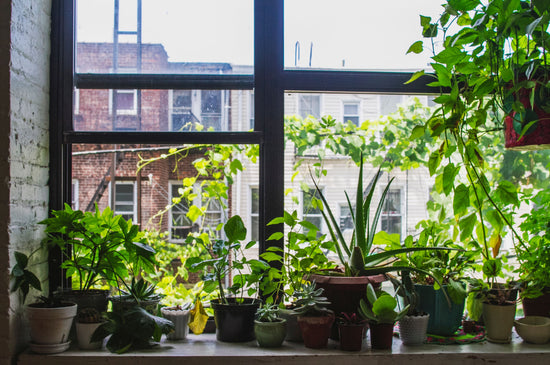Clematis: How Deep to Plant
Planting clematis vines at the correct depth is critical to their long-term health and success. These climbing plants are not only beautiful but also somewhat particular about their planting requirements. If done right, proper planting depth ensures vibrant growth, abundant clematis flowers, and a resilient plant that can thrive for years. Misjudging the depth can lead to a stressed or failing plant.

Why Depth Matters When Planting Clematis
The planting depth of clematis vines plays a major role in their health and development. Here’s why:
- Crown Protection: The crown, where the stems meet the roots, is one of the most sensitive parts of the clematis plant. Planting it below the soil surface protects it from extreme weather conditions, such as frost in the winter and intense heat in the summer.
- Encourages Bushier Growth: When the crown is buried, it encourages the growth of additional shoots from below the soil line. These new shoots result in a fuller, bushier plant that is more likely to produce a generous display of blooms.
- Stability: Planting clematis deeply anchors the plant securely in the soil. This stability prevents damage from wind or accidental movement.

General Guidelines for Planting Depth
-
New Clematis Plants
- Dig a hole that is at least twice the width and twice the depth of the root ball. This allows plenty of room for the roots to spread and ensures the plant has a solid foundation.
- Place the plant in the hole so the crown is buried 2–3 inches below the soil surface.
-
For Bare-Root Clematis
- Bare-root plants often arrive with exposed roots and a visible crown. These should be planted with the crown 2–3 inches below ground level, ensuring the roots are fully covered with soil.
-
When Transplanting Established Clematis
- If moving an older plant, dig carefully around the root ball to avoid damage. Replant it at the same depth it was growing previously, with the crown buried 2–3 inches.

Container Planting
Clematis vines can also be grown in pots, provided they have enough depth and space. Follow these steps for planting in a container:
- Choose a container that is at least 18 inches deep and wide to allow room for root development.
- Position the plant so the crown is 2 inches below the surface of the potting mix.
- Use a high-quality potting soil with good drainage, and ensure the container has drainage holes to prevent waterlogging.

Special Considerations
- Soil Type: Clematis thrives in nutrient-rich, well-draining soil. If your soil is heavy clay, amend it with compost or sand to improve drainage.
- Mulching: After planting, apply a 2–3 inch layer of mulch around the base of the plant. Mulch keeps the roots cool, retains moisture, and prevents weeds from competing with the clematis for nutrients.

Aftercare for Newly Planted Clematis
- Watering: Water thoroughly immediately after planting and continue to water deeply 2–3 times per week during the first growing season.
- Support Structures: Clematis vines are natural climbers and need a sturdy trellis, fence, or arbor for support. Install your support structure at the time of planting to avoid disturbing the roots later.
- Monitoring: Keep an eye on the plant during its first year to ensure it is establishing well. Look for signs of stress, such as wilting or yellowing leaves, which could indicate issues with depth or watering.

What Happens If You Plant Too Shallow or Too Deep?
- Shallow Planting: If the crown is too close to the surface, it becomes vulnerable to frost damage and pest infestation. The plant may also struggle to produce new shoots, resulting in fewer blooms.
- Overly Deep Planting: If you bury the crown more than 3 inches, the plant may take longer to grow and establish, as it must expend extra energy to send shoots to the surface.
For clematis varieties that will thrive in your garden, visit our Clematis Collection.
FAQ: Clematis How Deep to Plant
Q: Can I plant clematis at different depths depending on the variety?
A: No, the general rule of burying the crown 2–3 inches below the soil surface applies to all clematis varieties.
Q: Do container-planted clematis require the same depth as those planted in the ground?
A: Yes, even in containers, the crown should be buried 2–3 inches below the surface to protect it.
Q: How can I tell if my clematis was planted too shallow?
A: Look for signs like frost damage at the base or a lack of new shoots emerging from below the soil line.





